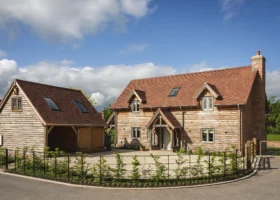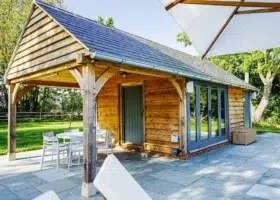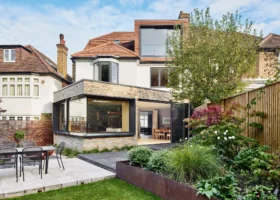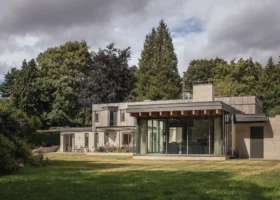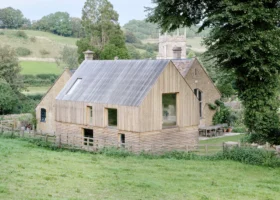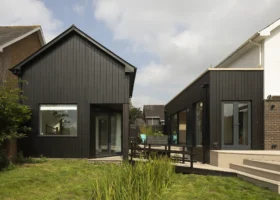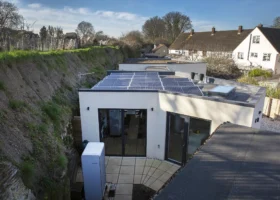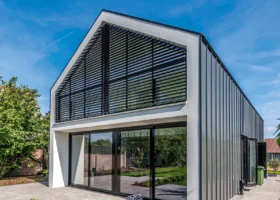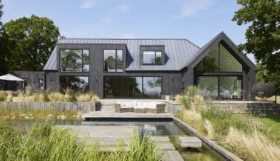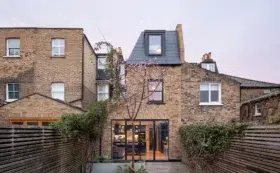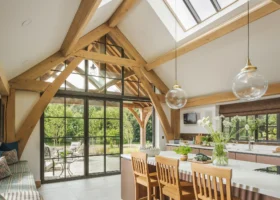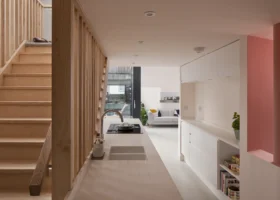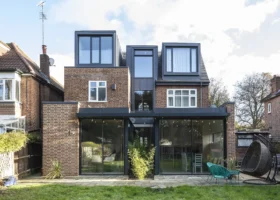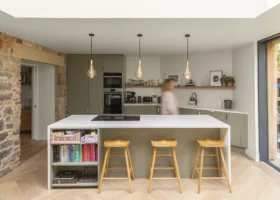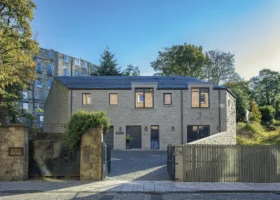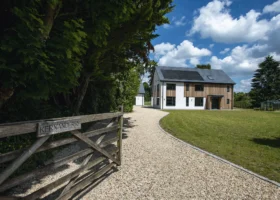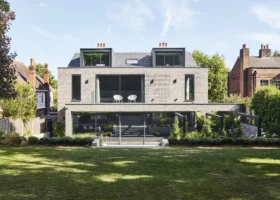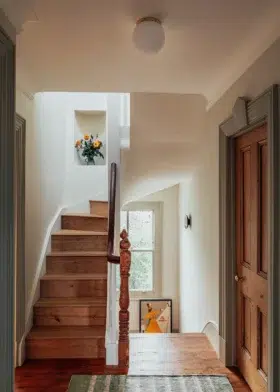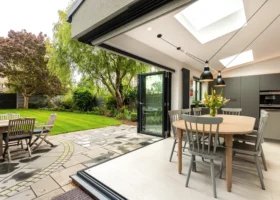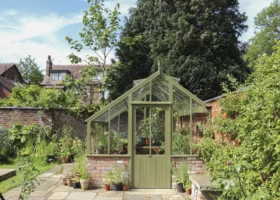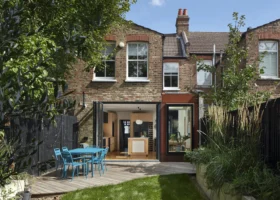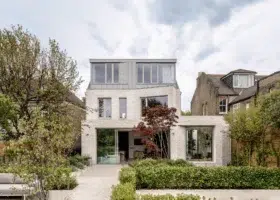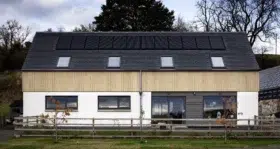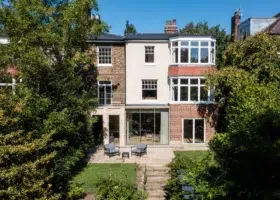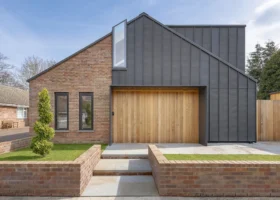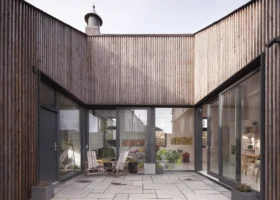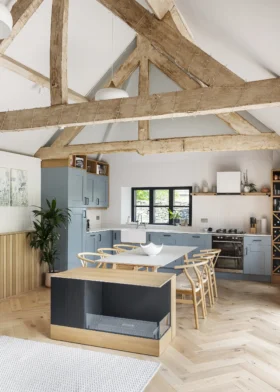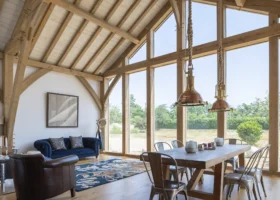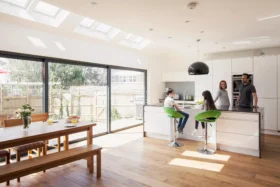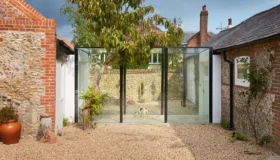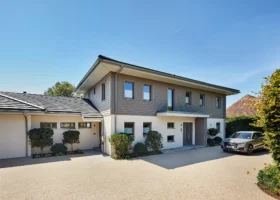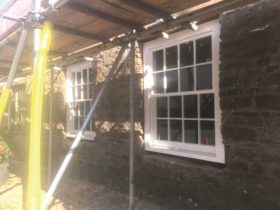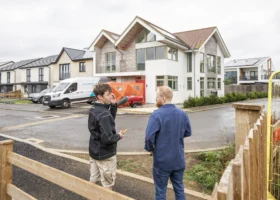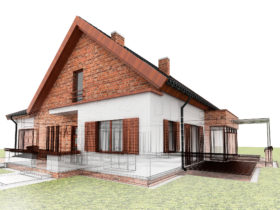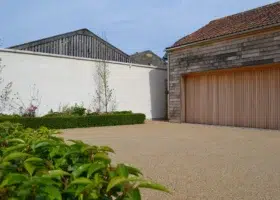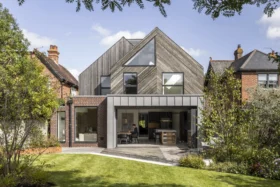Q&As
What size can we rebuild?
In 1985 we bought a property with 12 acres of land, called Hillway. The house already had an extension which we enlarged, doubling the size. Unbeknown to us in 1990 a local plan was published putting Hillway into the green belt.
I would like to move the house about 75 metres up the site, still within the garden area. Currently it is 235m2, but the council says that we must go back to the size of Hillway in July 1948 and add 50 per cent which is 129m2. Can we argue that we should base its rebuild size on the size it was when it was moved into the green belt?
Answers
There are two important considerations here in addition to the local planning policy. First, as an aside, planning applications have to be determined first and foremost in line with the policies of the development plan, unless so-called ‘material considerations’ suggest otherwise. The fact that the house was outside the green belt and then moved within it suggests that it would be grossly unfair to try to turn the clock back and base the size of a replacement on 1948 size plus 50 per cent. In addition, government guidance on development within the green belt (PPG2) says: “The replacement of existing dwellings need not be inappropriate, providing the new dwelling is not materially larger than the dwelling it replaces.”
Given that the whole objective of green belt is to prevent additional new building and here there would be no additional building, merely replacement, it is difficult to see how the council’s stance can be justified in green belt policy terms. Both the physical circumstances of the house and the PPG2 policy are material considerations that weigh against, and have to be considered alongside, the council’s policy.
I’m not clear whether you’ve made an application, or simply obtained pre-application advice. Possibly the full position has not been considered by the council yet? Other questions that need addressing are whether your council policy has been tested at appeal in similar circumstances to yours. If so, what was the outcome?
A further thought is that moving a replacement dwelling often proves contentious, unless some planning benefit attaches to the new position, such as it being less conspicuous or perhaps requiring a shorter drive.


